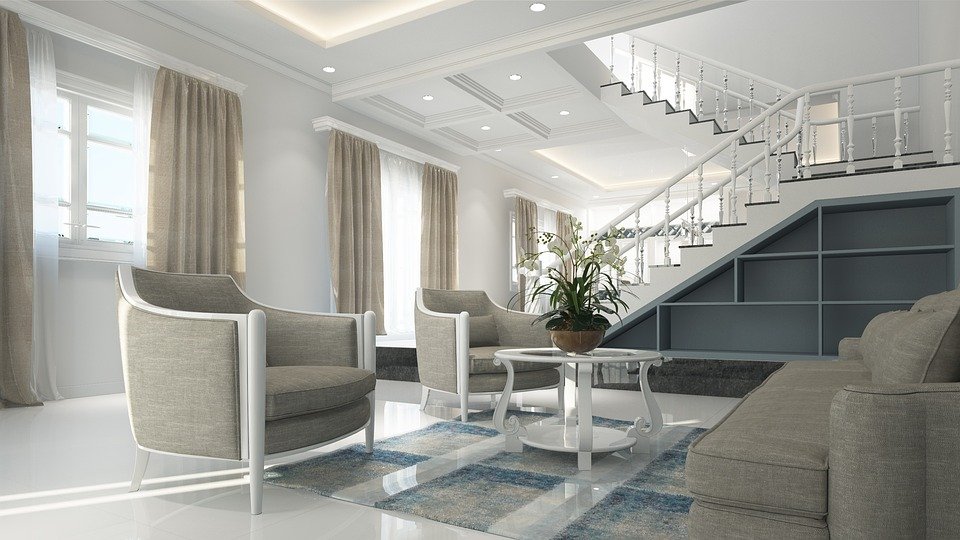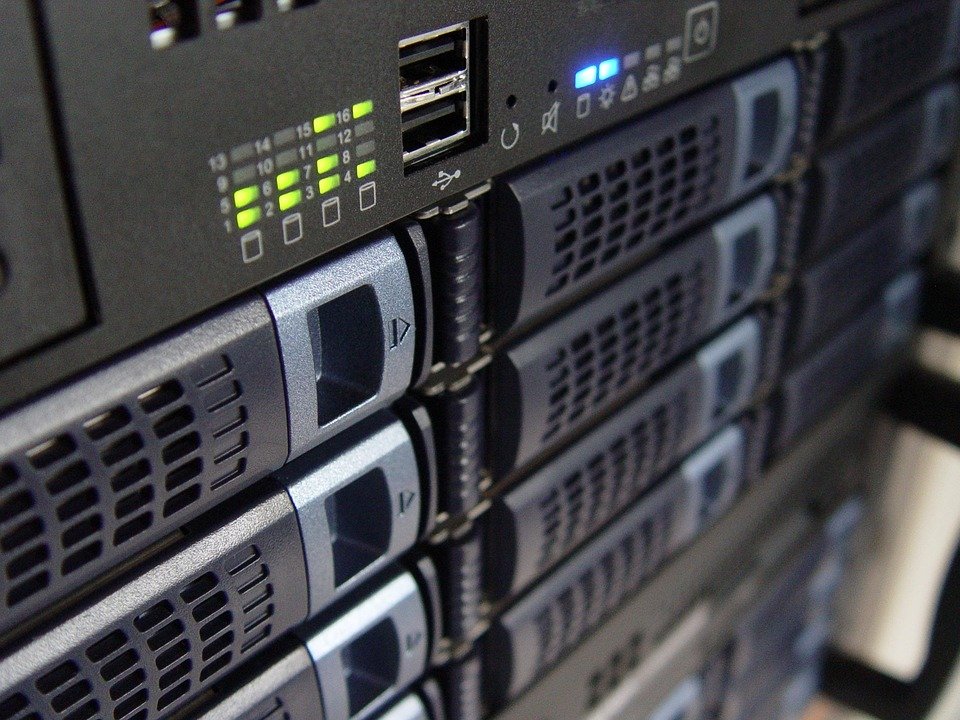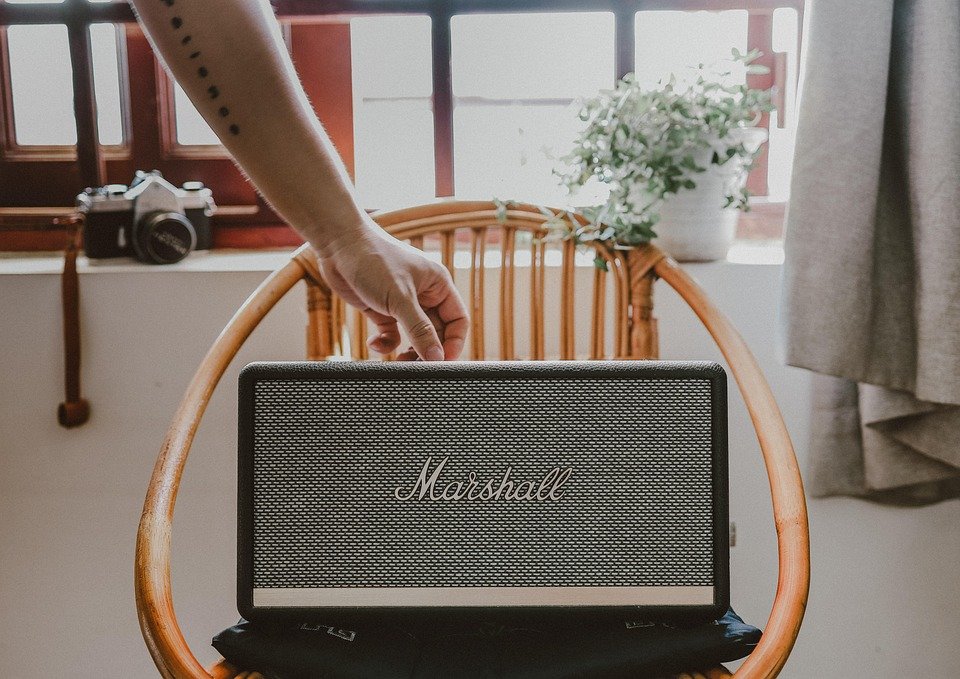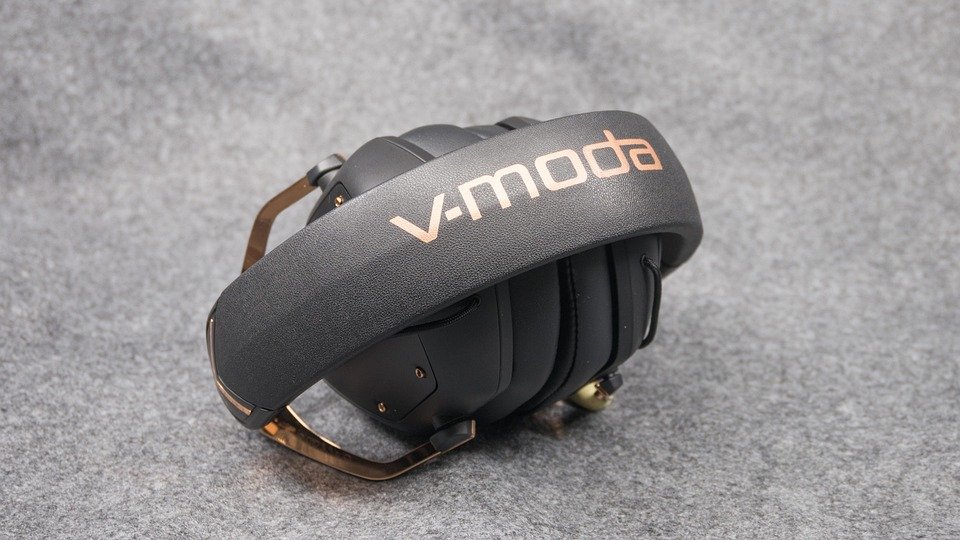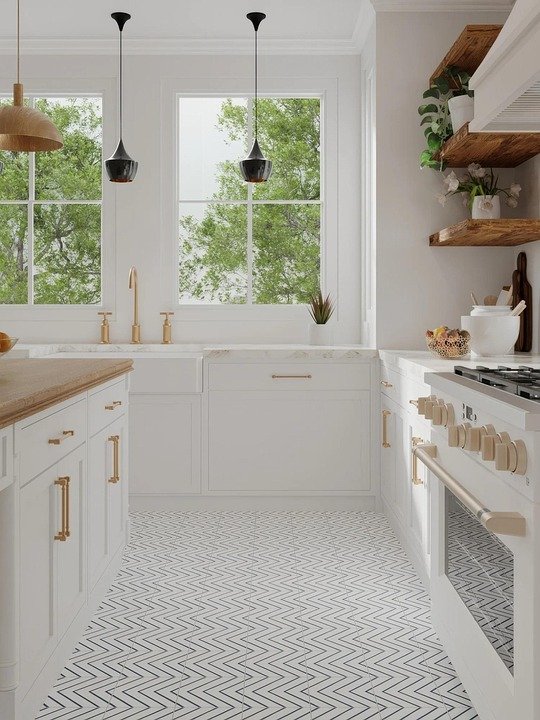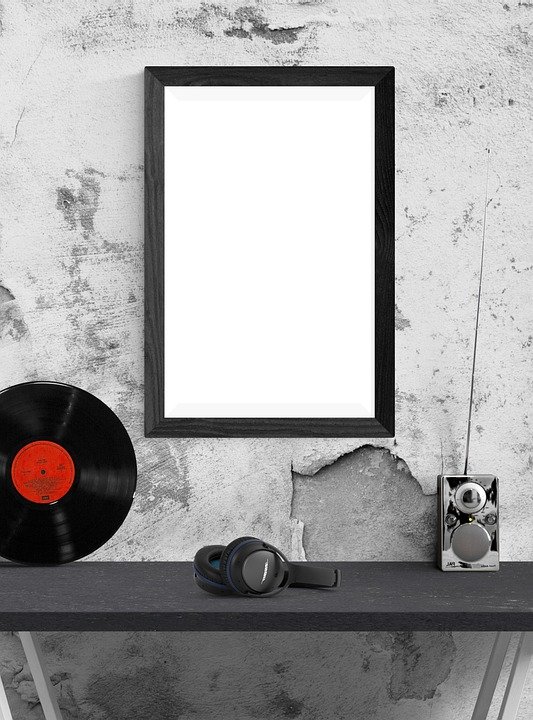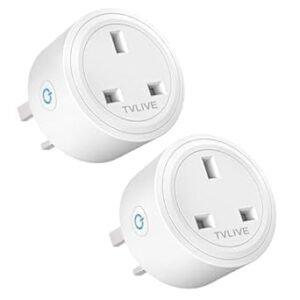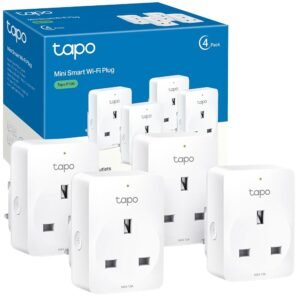The End of Remote Controls? How Smart Homes Adapt in 2025
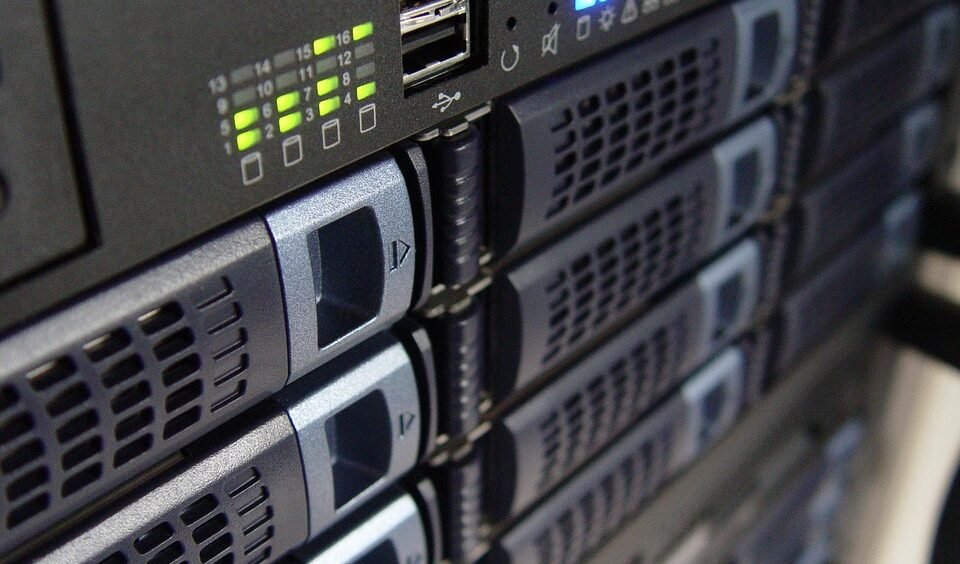
The Click Heard ‘Round the Living Room Fades: Adapting to the End of Remote Controls in 2025
Remember the frantic sofa shuffle? The cushion excavation mission? The desperate plea: "Honey, have you seen the TV remote?" For decades, these plastic wands of convenience – and frustration – reigned supreme over our living rooms. But as we navigate 2025, a quiet revolution is underway: the era of the dedicated physical remote control is ending. Smart homes aren’t just getting smarter; they’re becoming fundamentally more intuitive, rendering the classic clicker increasingly obsolete.
Why Remotes Are Running Out of Juice:
- The Tyranny of Multiplicity: Our homes are brimming with devices – TVs, soundbars, streaming sticks, smart lights, thermostats, projectors. Each demands its own remote, creating clutter and confusion. Stacking remotes isn’t a solution; it’s a problem.
- The App Overload: Switching to phone apps traded physical clutter for digital noise. Fumbling through multiple apps, unlocking your phone, and navigating clunky interfaces is often slower than pressing a physical button.
- Beyond Point-and-Click: Modern smart home control demands more than simple channel surfing or volume adjustment. We want nuanced scenes ("Movie Night," "Morning Routine"), personalized adjustments, and seamless interaction – capabilities beyond regimented buttons.
- The Rise of Superior Interfaces: Better, more natural ways to interact are maturing rapidly.
How Smart Homes Are Adapting (and Thriving) in 2025:
The "end" of remotes isn’t about less control; it’s about effortless, contextual, and integrated control. Here’s what’s replacing them:
-
Voice Control Evolution: Alexa, Google Assistant, and Siri have moved far beyond novelties. In 2025:
- Ambient Voice Understanding: Microphones are better, processing is faster and local for privacy. Homes listen passively for wake words without constantly phoning home.
- Natural, Context-Aware Commands: "Play the next episode," "Dim the lights a bit more, it’s too bright," or "Show me the front door camera on the TV" are executed flawlessly, understanding context and user preference. Voice is the primary driver for routine commands.
- Multi-Room & Multi-User Harmony: Systems distinguish between voices and process commands directed at specific devices or rooms simultaneously.
-
Spatial Computing & Gesture Control: Inspired by wearables like Apple Vision Pro (though less intrusive):
- Camera-Based Gestures: Smart displays, TVs, and hubs with advanced cameras allow simple, reliable gestures. A subtle swipe in the air adjusts volume, a raised palm pauses the TV, a pointed finger selects an option on a projected interface.
- Ambient Presence Sensing: Devices know who is in the room and potentially what they’re doing, adapting interfaces and suggestions proactively. Walking in might subtly light your path; sitting down could prompt your favorite news digest.
-
Predictive & Proactive AI: The true "invisible hand":
- Auto-Adjusting Environments: Lighting temperature and brightness shift seamlessly with the time of day and detected activity. Your HVAC anticipates your preferred temperature when you walk in the door. The TV defaults to your profile and starts your preferred streaming service.
- Routine Automation: "Goodnight" turns off lights, locks doors, arms security, sets sleep timers, adjusts the thermostat – requiring zero manual input.
- Anticipatory Suggestions: "It’s Tuesday, time for your 7 pm yoga class. Would you like me to play calming music and dim the living room lights?"
- Unified, Adaptive Interfaces: The Physical/Digital Blur:
- Smart Displays as Central Hubs: Devices like Nest Hub Max or Echo Show 15 aren’t just screens; they are proactive control centers showing relevant info and touch controls only when needed.
- Contextual Touch Surfaces: Surfaces on furniture, walls, or dedicated minimal pads might provide tactile feedback for specific functions (e.g., a volume slider on the armrest), appearing only when relevant.
- Personalization as Standard: All interfaces – voice, gesture, screen – adapt instantly to recognized users. Your view, preferences, and controls are unique.
Challenges & The Legacy of the Click:
This transition isn’t frictionless:
- Privacy Concerns: Always-on microphones and cameras require robust, transparent privacy controls and user trust. Local processing is key.
- Accessibility: Ensuring voice, gesture, and predictive interfaces work flawlessly for all users, including those with disabilities, is critical. Physical fallbacks might remain essential.
- Learning Curve & Reliability: People need confidence the new systems will work as reliably as a button press. Glitchy voice recognition or missed gestures breed frustration.
- The Nostalgia Factor: For simple tasks, the tactile reassurance of a button can’t be entirely dismissed. Dedicated remotes might persist for specific high-end audio/video enthusiasts or as minimalist universal fallbacks.
The Verdict: Not Extinct, but Transcended
By 2025, the hunt for the lost remote feels increasingly like a nostalgic relic. Smart homes are moving beyond dedicated plastic rectangles towards a future of ambient intelligence, where control is:
- Ambient: Integrated into the environment and daily flow.
- Adaptive: Personalized and context-aware.
- Intuitive: Leveraging natural voice and gesture.
- Proactive: Anticipating needs before we ask.
The physical remote isn’t quite dead – it’s like the landline phone, still holding niche value. But its reign as the undisputed king of the living room has definitively ended. The smart homes of 2025 won’t need remotes; they’ll simply understand – and respond to – us. The "click" has faded into the hum of an intelligent home working seamlessly in the background.


